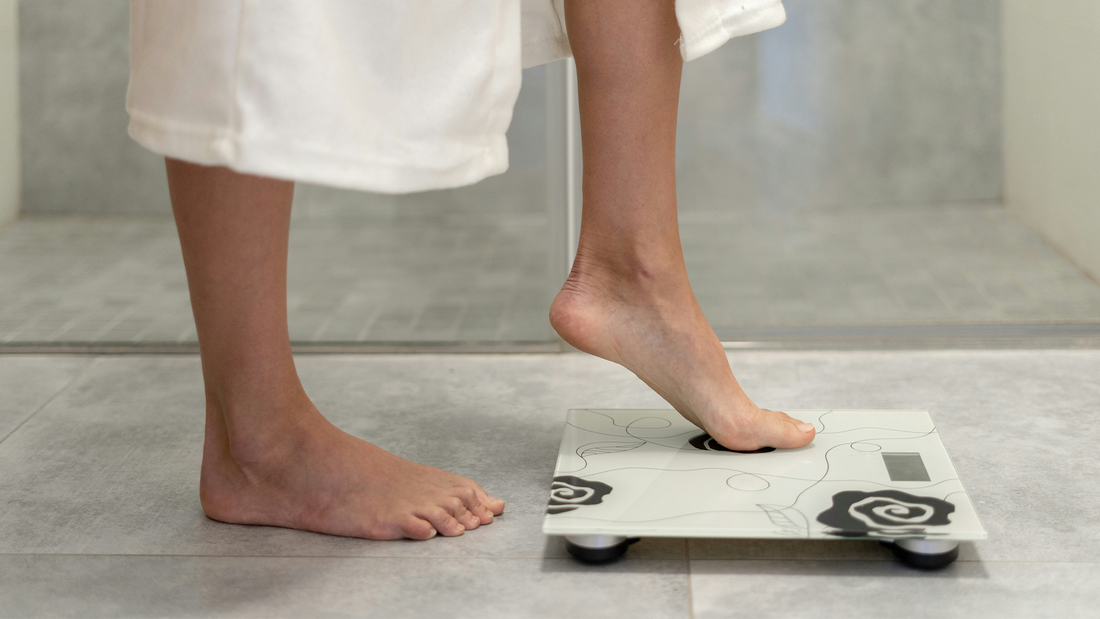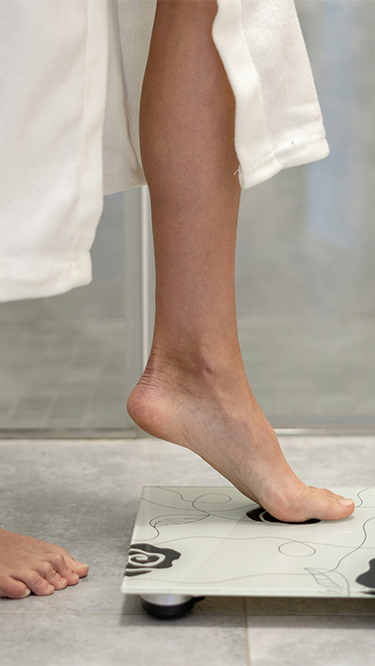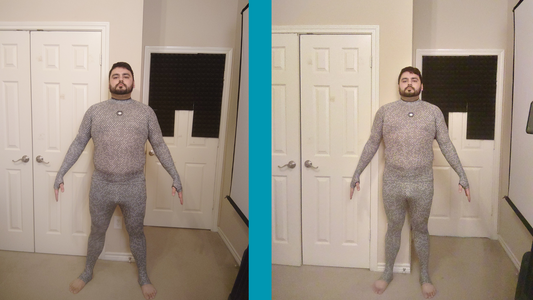

What Happens to Fat When You Lose Weight?
Progressing with your body composition goals often includes decreasing your overall body fat percentage. Fat, which is created by an excess of calories, can have adverse health effects, so it’s a prime target for improved health.
But what happens to the fat when you lose weight? If you can recall an elementary science lesson, you will know that matter cannot be created or destroyed, so the fat has to go somewhere.
How Do We Gain Fat?
To know what happens to fat when you lose weight, we first have to understand exactly what fat is.
Our body gains fat when we consume more calories in one day than we use. Calories come from food and drink and are our energy source. We do need calories for our bodies to operate properly. Whether it’s giving you the energy to think and solve complex problems, walk around your house (or office), or make sure your lungs keep going, the body uses calories.
So, when we eat too many calories, our body has extra energy. The energy has to go somewhere, and to deal with the excess, the body stores the energy as fat.
Burning Fat in the Body
If you’ve spent any time around diet circles, you’ve likely heard the phrase “burning fat” or “fat burning.” This comes from the idea that your body will use these fat stores as energy and “burn” them up, thus using them and decreasing the amount of fat in the body, but it’s not that simple.
Burning fat requires using energy. Healthy eating and regular exercise are key to this process. To maintain fat, you will need to consume and expend an equal amount of calories. Burning fat means you are using more calories than you consume in a given day.
Achieve a calorie deficit through diet and exercise. With a healthy, intentional meal plan you can control the amount of calories you consume and ensure the foods you eat will still provide you with necessary nutrition. Exercising helps you burn even more calories, making it easier to maintain the deficit.
When you are in a calorie deficit, the body starts using fat stores for energy since it doesn’t have “enough” calories.
The Composition of Fat
Body fat, also known as adipose tissue, is connective tissue that communicates using hormones to other organs and bodily systems.
Fat isn’t all bad; it does have several functions in the body and it’s paramount that the body has some fat. The problem is when there is too much (or too little) fat.
The normal amount of body fat for adult women ranges from 21% at the low end to 35% at the higher end. Adult men tend to have lower body fat percentages than women, with their body fat ranging between 8%-24%, depending on factors like age.
There are two main types of fat present in adults: subcutaneous fat and visceral fat. You can find subcutaneous fat in your skin and muscles. Visceral fat lives in your abdominal cavity. Visceral fat is the more serious of the types of fat because it can impact your organ function.
Some functions of fat include: cushioning organs, insulating the body from cold and hot temperatures, and regulating glucose and cholesterol levels, among others.
One of the most important functions — and relevant to body composition — is that adipose tissues convert excess blood sugar to lipids and store it in response to insulin.
The body can only have so many fat cells, so when we have excess blood sugar and the fat cells no longer have a place to store lipids, the existing fat cells in the body grow, leading to inflammation. Other problems caused by excess adipose tissue include hypertension, heart disease, diabetes, and the negative impacts of visceral fat in the abdominal cavity.
Where Fat Goes When You Lose Weight
When the body uses fat, and by extent, “loses” fat, it is taking the energy stored in the fat cells for its day-to-day functioning. Just like with many other substances used in the body, fat has by-products.
Water and carbon dioxide are the two byproducts left after using fat stores for energy. The body discards water through sweat or urine. Carbon dioxide leaves the body through the lungs.
There’s nothing special you need to be concerned about when thinking about your potential fat loss.
Taking Control of Your Body Fat Percentage
Taking control of your body fat percentage and body composition is one of the most empowering things you can do once you know what happens to fat when you lose weight.
Monitoring body fat percentage starts by taking body measurements. Body measurements can give you a more accurate measurement of your overall body fat than using a scale or even progress photos.
Tools like ZOZOFIT make the process of taking body measurements easy, because it just requires your phone’s camera and the ZOZOFIT app. The app uses 3D body scanning technology to calculate your body measurements, including body fat percentage.
Set a Goal to Lose Fat
One of the best tools you have access to in taking control of your body fat percentage is goal-setting. Just setting a goal makes someone more likely to follow through.
If you have a high body fat percentage, reducing by 1-3% per month is considered healthy. Monitor your body fat percentage using a tool like the ZOZOFIT app every 2-4 weeks to accurately see your progress. While you may have month-to-month goals, it’s also important to set a long-term body fat percentage reduction role to get into a normal range.
Make Lifestyle Adjustments to Achieve Ideal Body Fat Percentage
Making lifestyle adjustments is the best way to improve your body fat percentage. Start in the kitchen with a focus on a healthy diet. Aim to eat less calories, but modify diet to increase the amount of protein you eat so you stay fuller longer. Many weight loss experts recommend reducing carbohydrates, but not completely eliminating them.
Aim to exercise for about 30 minutes at least five days a week to cultivate a beneficial workout routine.
Now that you know what happens to fat when you lose weight, you should be ready to start your own weight loss journey.


![zf-w-[168px] zf-h-[40px]](http://zozofit.com/cdn/shop/t/15/assets/logo-desktop.png?v=117713855448369080381753069598)


